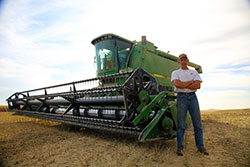|
Deere Owners, 10 Tips and Hints.
The
1890 machine must be re-rated. If it is applied to No-tillage
farming.
If
you want an improved stand in all cropping scenarios there is a
business opportunity.
Solving for better performance with a Swing Arm Weight of 65 to 105
lbs. and Stack Weights.
Yielder Blades help with penetration and straw cutting.
A more
profitable customer helps the entire local economy. Producers pay
their bills and advance more rapidly when they have a better
margin. Land values improve when the right manager and right machine
come to work together.
Producers that operate their 1890 seeders in Class 2 to Class 5
soils, It is time to Re-Rate your machine.
Your F-350, Tonner, needs to perform like an F-800 2.5 ton truck.
“The job description changed when the machine came to my farm.”
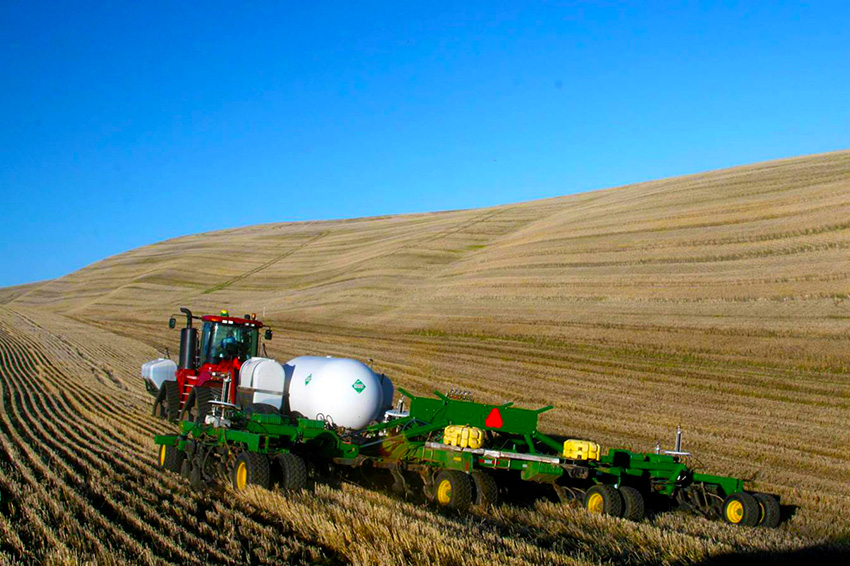
Higher
yields for the same machine you bought new last year, but somehow
you forgot to add the weight required for your Class of Soil,
Rainfall Pattern, Landscape and Rotation.
Most producers miss this key point in Planters and Drills.
The
University of Nebraska, Paul Jasa will confirm that machine weight
must be readjusted. It is always the single biggest problem in
No-till.
The Deere 1890 and 1895’s are designed to satisfy a broad percentage
of the market and thus meet a Class 1 deep soils of Iowa design
criteria,. These soils are moist at the time at planting or seeding,
The producers have a level field, and are not depleted soils, are
not low CEC, do not require irrigation in rotation, or do not have
salty high pH soils. Class 1 soils are simple to design for.
The manufacturer such as Deere require the customer to buy their
machine and then add weight to make the machine work properly. The
weight brackets on the drill are very deceiving. Remember the
machine is 7.5 or 10 inch…a jump of 133% more weight is required .
The Deere 1890 machine is basic, and does not have adequate criteria
established at point of sale for Class 2 to Class 5 soils. The
producers are often too optimistic and willing to pay a big price
for a non-performing machine coming from the lot. 98% of the Deere
1890 drills are moderately to drastically modified before they will
work properly. The first place to start is the training table. The
machine must normally be bulked up and may weigh another 12,000 lbs.
The “welter weight” 1890 problem gets worse as more and more used
1890 and 1895 machines become available to a 2nd and 3rd owners.
The second owners are categorically, a financially stressed group of
producers. These producers typically will not Re-Rate the machine
for their farm.
The manufacturing goal is to produce a machine with the biggest
gross margin in a price point class. That means the accountants have
intervened on some really good thinking from the engineers.


Bourgault offers more for less, and there
is no doubt that if Bourgault had a USA marketing organization the
Deere 1890’s would be parked. The Bourgault 3720 is superior in
every way over the Deere 1890 in Class 2 to Class 5 soils.
Hydraulic down pressure with parallelogram movement and superior
packing and closing. Bourgault MRB is a good opener for banding NH3
as proven by the Spokane Huetterian Brethren.
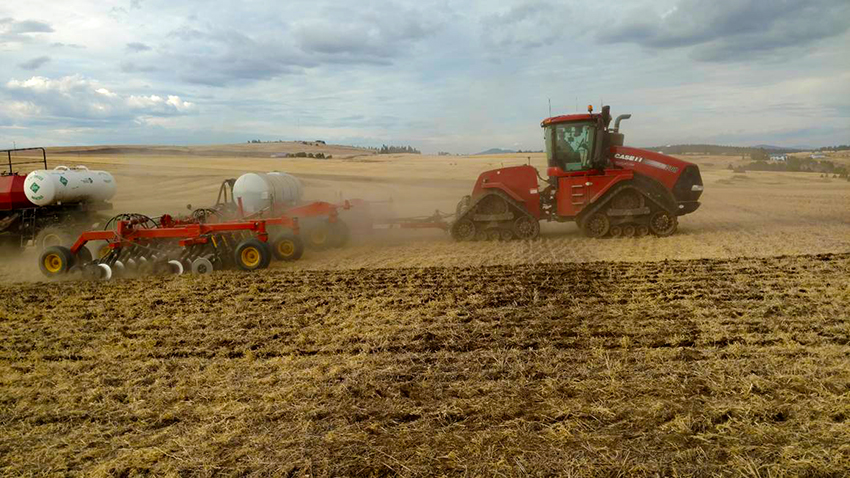
There
is a new life for the old Deere 1890’s,
Banding Tool Bars is a good use.
You can buy them cheap $20,000 to $50,000 in a worn condition. The
Deere 1890 is a good machine for banding on 10, 12 and 15 inch
spacing, or even 20 inch, but when you buy the basic platform get
ready to invest. You can spend another $250,000 and you have a
really good machine.
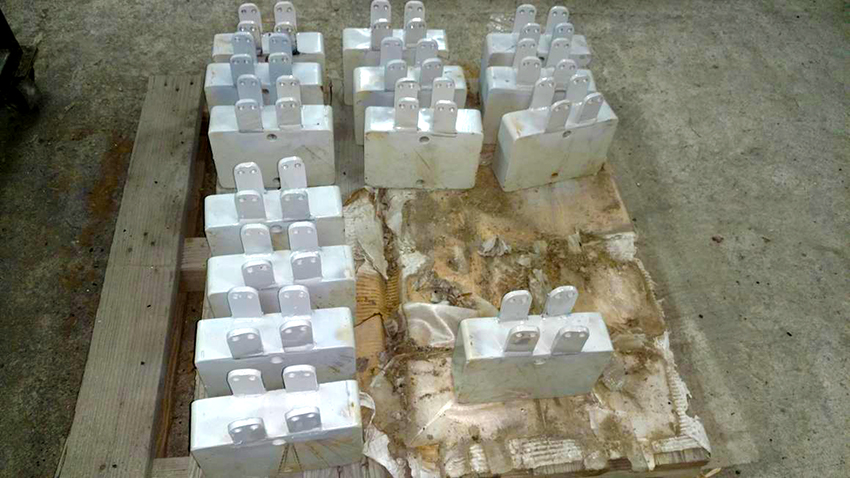
Weight
package, 65 pounds added at each opener, unsprung weight down low is
required to make the machine pull straight.
The Deere 1890 seeding tool is not what you think it is. It
is a basic platform. It requires up to$75,000 to $200,000 of
improvements to make the machine work properly. Then the yields come
in and production cost goes way down.
Number 1. Do not choose a 7.5 inch 1890 drill. In fact any drill
design on 7.5 inch spacing is a good waste of money on the Great
Plains. At 60 feet on 7.5 inch spacing, It will need to weigh
60,000 lbs. to compete with 10 inch drill at 60 feet.
Number 2. Pick a 10 inch or 12 inch drill. They operate for less,
are more serviceable, and provide higher yield advantages with
Indexed banding. Case and Bourgault offer 12 inch and Deere does not
because the design will not work without big frame changes.
Number 3. Each opener needs to contribute 625 to 700 lbs. of weight
per opener in Class 2 to Class 5 soils. A 10 inch, 60 foot Deere
1890 must weigh 45,000 lbs. That is 72 openers divided into 45,000
lbs. total weight is 625 lbs. per opener.
Number 4. The Deere 1890 opener seeds at optimum placement at 2.5 to
3 inch depth. As reported by agronomists and producers around the
country. The opener will cut straw and shear soil at this seeding
depth. Seeding speed must be greatly reduced with 7.5 inch 1890
drills. High speed seeding with the 10 inch 1890 is successful when
weight is properly distributed in tough soil conditions.
Number 5. Shallow seeding with the Deere 1890 for Spring Canola
production requires a 2 pass operation for best results. Seed rows
are aligned on top of fall placed TAPPS and TAPPKTS bands. Winter
Canola is the opposite.
Number 6.
Two pass indexed banding of TAPPS is considered a level 6 in
phosphate efficiency in TAPPS and TAPPKTS. You have arrived a
maximum efficiency with Indexed 10, 12 and 15 inch banding in two
passes. Typically RTK guidance is used. Seed rows directly on top of
Exactrix TAPPS bands is facultative in all respects in spring wheat
and canola production. Spring or fall it works.
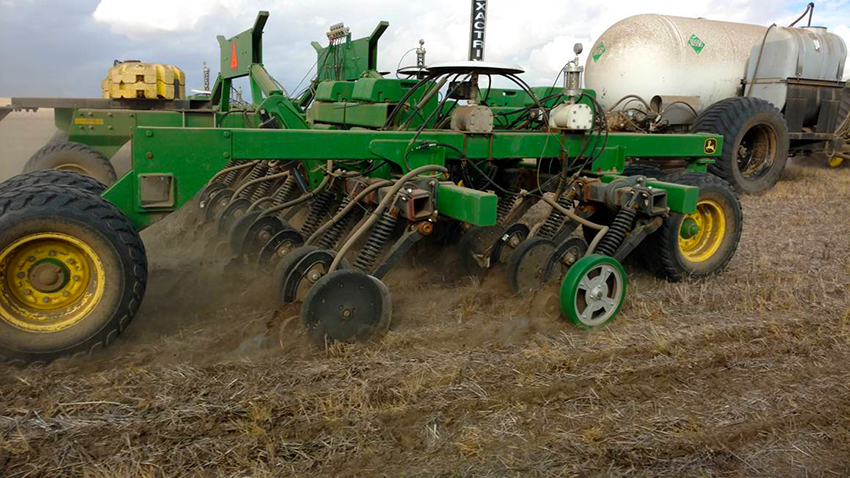
What
appears to be a good job of application is actually not,
the frame height has been increased by 5 inches creating high opener
wear and poor sealing.
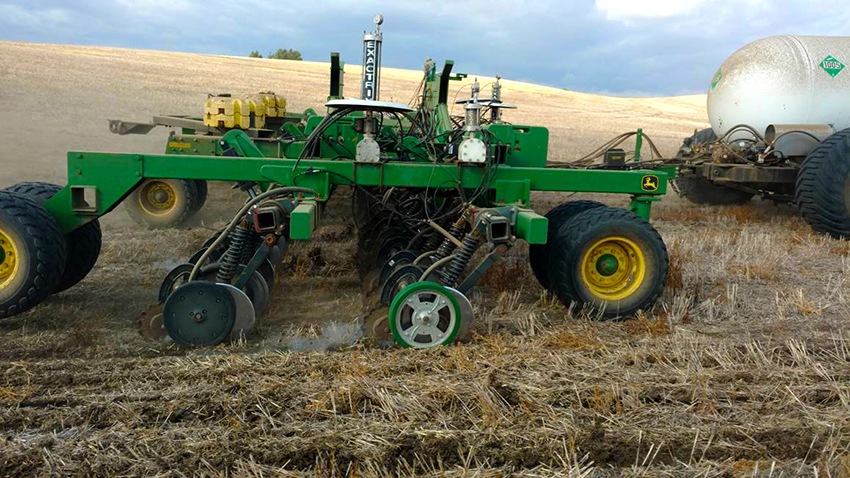
Rear
tires are lifting off. Inadequate weight creates poor opener
geometry.
12 inch
spacing, Chemfallow, St. John Washington
September 2017.
The openers do not seal as well since the 1895 closing wheel has
poor geometry.
The swing arm design by Deere is the Last of the Mohicans.
Parallelograms and Floating Tool Bars are superior as proven by Case
and Bourgault. But always keep in mind it is your landscape and it
is important to pick the right tool.
Yielder designs are beyond the Parallelogram design with hydraulic
floating tool bars at 1,100 pounds on each floating tool bar
combining with hydraulic ride control.

That is
29.5 inches with a full opener swing ahead. A real bad position to
be in.
The frame height
is way too far removed to allow the openers to contour the soil.
The Deere 4 x 4, Rocker Arm is shown at 29.5 inches.
Remember this, 25
inches is the normal operating height of the rocker arm.
In fact the early 1850 models had a frame lowering kit because the
Rocker Arm was 2 inches too high.
So be aware, the best way to confirm and measure a long opener life
and to get good performance is to take time to measure.
You will discover
that the 4 x 4 Rocker Arm is only operational between 24 and 25 inch
height.
Otherwise add weight to improve penetration, reduce tillage, Improve
wear life, the opener is very sensitive to the Rocker Shaft height.
Many producers also increase the rocker arm cylinder size to 4 inch
to reduce system pressure and get a smoother operating range of the
rocker shaft.
Note: An improved Fiberglide wrist pin bearing is being
tested along with the durable Pro Mag depth wheel. Pro Mag also
builds a scraper group for the 1890 blades.
Tips
and Hints.
Another mystery resolved with the 1890 and 1895 drill.
Swing Arm Weight.
Unsprung weight with an immediate reaction to changing contour
position.
The swing
arm weight is unsprung and therefore allows immediate response at
higher ground speed. The design changes the drill function on
slopes. The swing arm weight provides machine access and keeps the
frame weight package limited to certain areas.
Swing Arm Weight.
-
Provides
slope stability.
-
Better
contour seeding at higher ground speeds when mounted to seed
openers.
-
Improves
penetration when combined with the Yielder Manganese Steel Blade.
-
Allows the
1890 and 1895 nutrient bands to be located at 4.5 inch depth for
top performance of TAPPS and TAPPKTS with Yielder Manganese Steel
Blades.
If you are not getting a good stand, and wonder what the problem
is, it is most likely weight.
The Deere 1890 is too light in most Kansas and North Dakota
seeding conditions of Class 2 to Class 5 soils.
You can try Arick’s Wheels, you can try hydraulic cylinders, the
solution to the problem is simply low cost and reliable weight
with a good cutting edge on the opener.
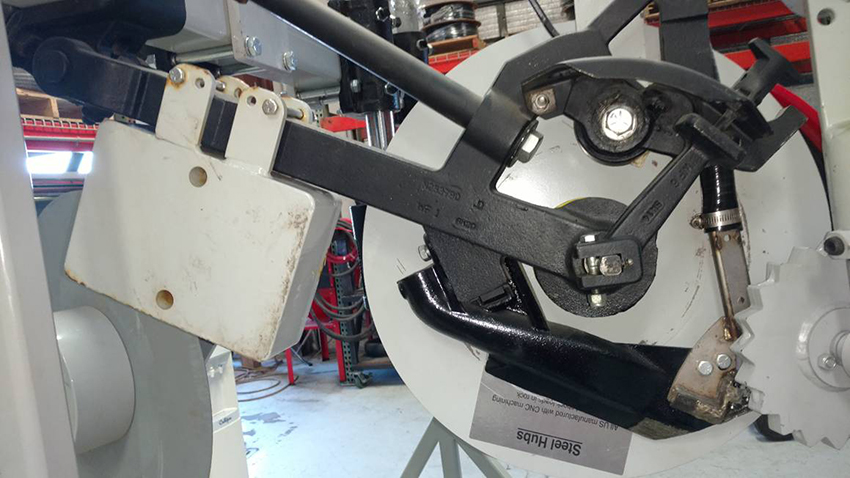

Stack
Weights. 105 lbs. shown.
The Deere 1890 is not a true No-till Drill. The 1890 is a tillage
drill, it does not have a self-engaging compound angle blade.
The 7.5 inch version is a lousy seeder, only the 10 inch version
seems to seed well as the 1895, the weight is the factor, 7.5 inch
drills need a lot of weight to get up to 625 lbs. per opener.
Why did Bourgault build their single disc opener about twice as
heavy as a Deere? , because the Bourgault 3720(3710) is a No-tillage
drill with virtually no sales into a tillage market in Iowa.
The Bourgault opener weight is unsprung and it is a double over the
1890 Deere. The Bourgault opener frame work is a much heavier
casting. The philosophy is more like a Yielder operating in Class 2
to Class 5 soils.
Deere Owners can add weight to their Deere 1890 or buy a Bourgault
3720 at about twice the weight, or find a good used Yielder.
The Deere 1890 opener bearing group is very adequate, mainly
because the 1890 does not have a compound angle opener, The 1890
requires more down pressure to engage in No-till. Compound openers
are self-engaging. The Case SDX 22.75 diameter and the Yielder 1520,
24 inch diameter are self-engaging openers in compound angles of
convergence.

Absolutely the 1890 and 1895 needs a change in the blade edge.
Producers can wear out the carbon blades and then make the change.
Change
the blade metallurgy to Manganese Steel for 3 times the wear life.
Change to the 5/16 x 19.6 or the 19. 1 x ¼ extreme single edge. The
edge 4 degree or 6 degree.
The correct blade
edge allows for good straw cutting. It reduces the down pressure
required and generally performs very well in heavy residue.
Ground speed
can be increased.
Producers
that build up an 1890 banding tool bar for 2 pass application have
two choices in blade performance. Banding deep at 4.5 inches the
blade choice is 5/16 x 19.6 with 4 degree edge design.
Building
up a banding, Re-Rated Deere 1890 also requires weight be added at
the opener swing arm. A 10 inch banding 1890 is about ideal for
almost all crops. However a 15 inch version also works well in the
Winter Wheat, Milo, and Corn rotation of the central and southern
Great Plains. Also Winter canola can be banded with the 15 inch 1890
banding tool bar.
Adding the
swing arm weight also allows more stability on steep slopes. The
lower center of gravity allows the drill to pull straight. The lower
center of gravity and additional opener weight allows immediate
response in quick terrain changes. A lower center of gravity
improves the slope angle A-B line in reducing drill skew.

Bush up
the 1890 and 1895,
and keep it simple with “Unsprung Weight” on the swing arm. There
is also a layered design or stack weight design allowing three
different weight packages with lots of options for weight and opener
loading in your class of soil. The weight down low is very key in
getting good opener response at higher ground speeds. Finally the
opener will penetrate in difficult tough soil conditions.
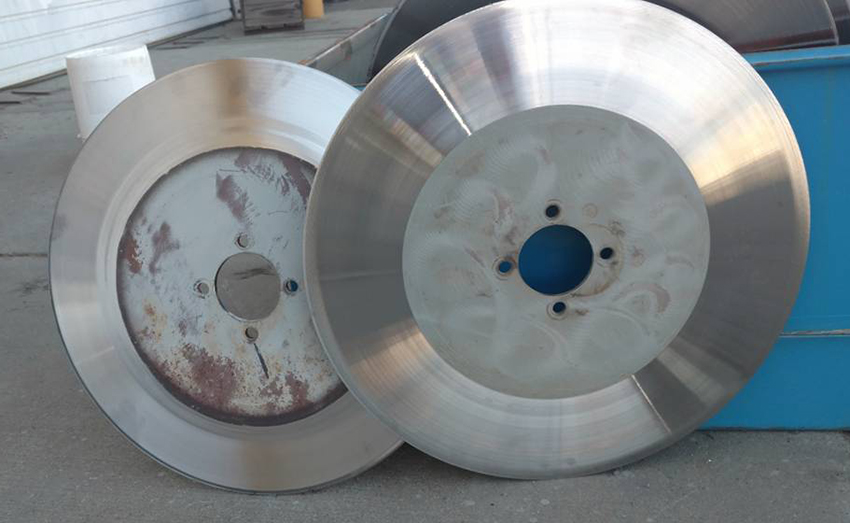
19.6 inch
diameter at 4 degree or 19.1 diameter
at 6 degree in 5/16
Yielder Manganese Steel.
Three to four times
the wear life of the Deere 3/16 x 18 carbon blades.
Great cutting,
excellent penetration, Tractor seat time are typical comments. Lower
cost banding is the result.
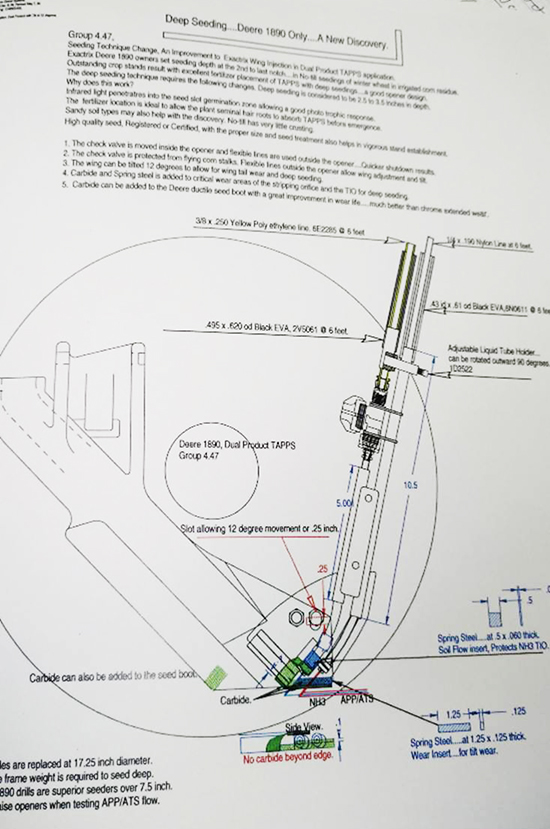
Group 4.47 Exactrix Wing Injection is superior in all respects for
lower deep banding costs.
Carbiding of key wear areas with better opener blade diameters drive
banding costs down.
Deere Exactrix Wing Injection, DEWI, also allows the unit to be
seeder or to apply dry materials.
Series 4 injection with the Deere 1895 scraper is also used.
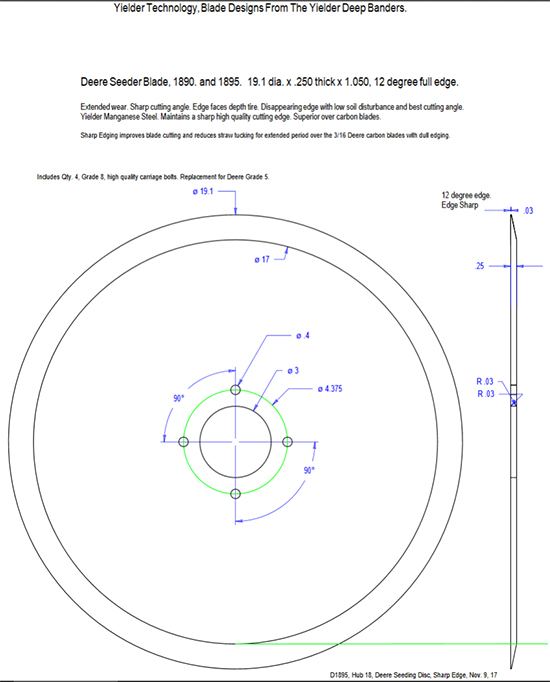
Deere 1890 Seeding
Openers can now expect triple the wear life of Deere carbon blades.
The Exactrix design
and blade edging keeps the blade sharp over 2 inches of diameter
change.
Seed Boot wear is greatly reduced with an extended shadow.
Seed placement is
improved.
The blades typically run 3 to 4 times longer than the Deere Carbon
blades.
Longevity reports have been excellent in the PNW with Exactrix
Yielder Manganese Steel Blades.
Great reports are produced from Kansas and North Dakota in sand and
rock strewn soils of ND.
There are two diameters and thickness available.
A heavier blade is available for glacial till soils.

 |
|
SEEDING INTO
HEAVY RESIDUE |
| |
|
New Design
Group 4.47 |
| |
|
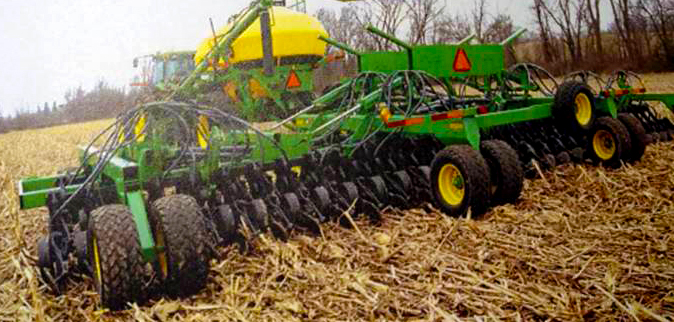
A booklet is produced on how to seed into heavy residue. The
booklet is available to Deere 1890 and 1895 owners. |
Your report from the north and your Great
Plains Reporter,

Guy Swanson.
|





















